Click play above to hear an audio tour of Chapel Hill with Bernadette Tuite and a chat with John McCormack about the project’s inception.
From masses to classes
“Saint Bernadette, Saint Joseph and Saint John,” Bernadette Tuite says jokingly, walking towards her work colleagues, sculptors Joe Neeson and John McCormack, who are standing in the sun outside Chapel Hill School of Art.
Bernadette has just been showing me her namesake: at the grotto dedicated to the Virgin Mary behind one of the large buildings under renovation, she has discovered, hidden in undergrowth, a small effigy of St Bernadette in prayer.
Really, the whole place is full of unearthings and discoveries and revelations.
In 2016, sculptors Joe Neeson and John McCormac, who met at The National Sculpture Factory in Cork city in the late nineties, took a leap of faith and paid a sum they don’t want to reveal, but which compares favourably to a three-bed semi in the city, for the former Sisters of Mercy convent in Macroom.
The initial price-tag seems small but it reflects the amount of renovation work and conservation work which needs to be done, and which is being conducted piecemeal and with painstaking attention to detail: authentic guttering, sash windows, railings are all being sourced and replaced, one job at a time.
The last nuns vacated the building in 2012, after 150 years of presence in Macroom - there’s a nice little potted history here and more from Bernadette in the podcast above - but in some ways, they are very much still present. Their names remain on lockers, the cavernous kitchens are intact, pieces of furniture still emit a vaguely institutional smell.
A crafty history
Joe Neeson discovered an old photograph while working, now on display in the generously proportioned hallway leading to the much smaller nuns’ cells upstairs, which shows girls lace-making: as Bernadette explains in the podcast, lace-making sustained many families in Macroom that were lacking male breadwinners.
It’s a nice link to a history of crafts in the building.
Upstairs, the tiny former nuns’ cells are being enlarged, six cells becoming three more generously appointed rooms, suitable for use in artists’ or writers’ residencies.

Traces of the building’s past are everywhere, and are slowly being added to by the building’s evolving current use.
In the hallways, sculptural maquettes perch in front of stained glass windows. The chapel is full of the happy clutter of a children’s puppetry workshop. In one of the nun’s cells, an artist has been shooting a film.
f.Project: a new exhibition at Chapel Hill
A public exhibition is about to get underway at Chapel Hill, one with a story worthy of a whole other article: when much-loved photographer and disabled artists’ advocate Hermann Marbe died tragically young in 2018, his widow donated his collection of analogue cameras, some still containing undeveloped film shot by Hermann, to Cork Film Centre.
A group of Crawford College of Art and Design graduates with an interest in analogue photography had formed in 2017 and called themselves f.Project, using the darkroom and other resources of Cork Film Centre.
f.Project have benefited from the donation of Hermann’s vintage film cameras and have produced the exhibition which will be on display in Chapel Hill School of Art.
The f.Project, an analogue photography exhibition by Éanna Heavey, Chris Hurley, Orla O'Byrne, Dori O’Connell, Bríanna Ní Léannacháin, Sophia Santabarbara and Artem Trofimenko, opens at Chapel Hill School of Art, Macroom on Friday July 22, with a launch at 7pm and music from the Fresh Air Collective. Details of exhibition opening times and other public events here.

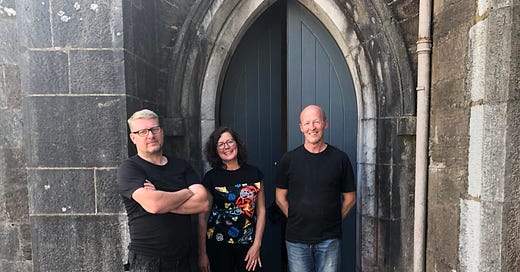



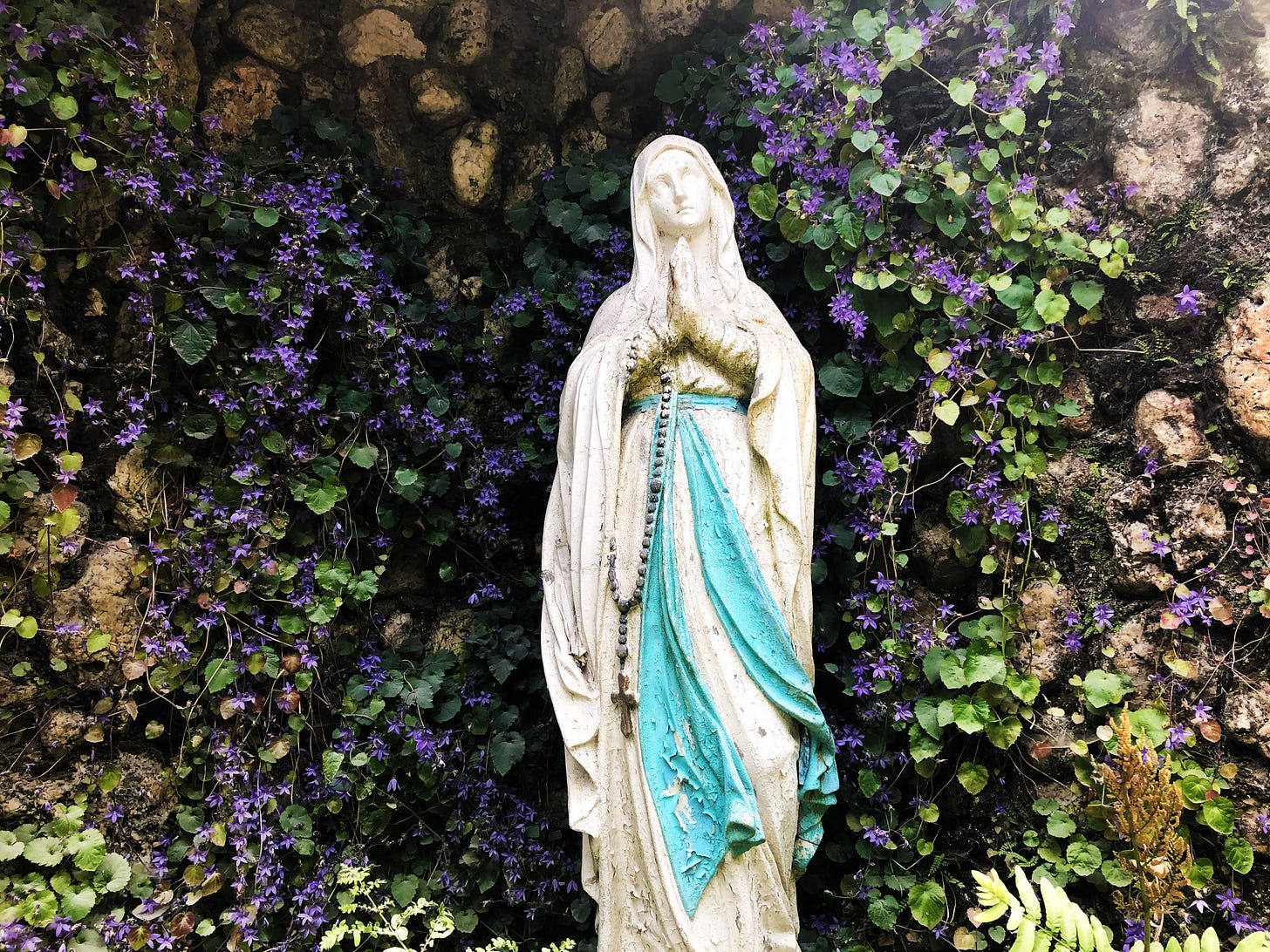
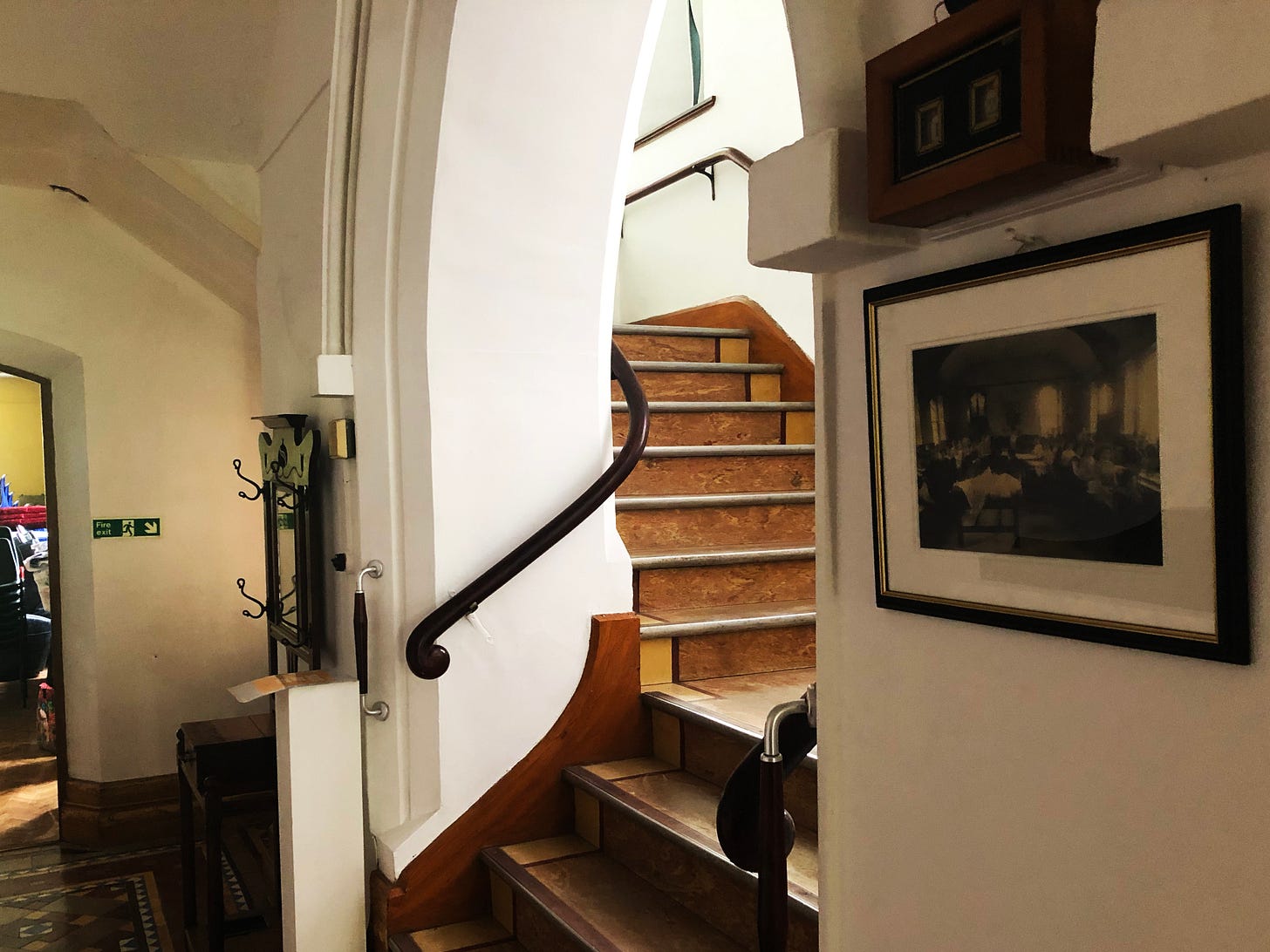
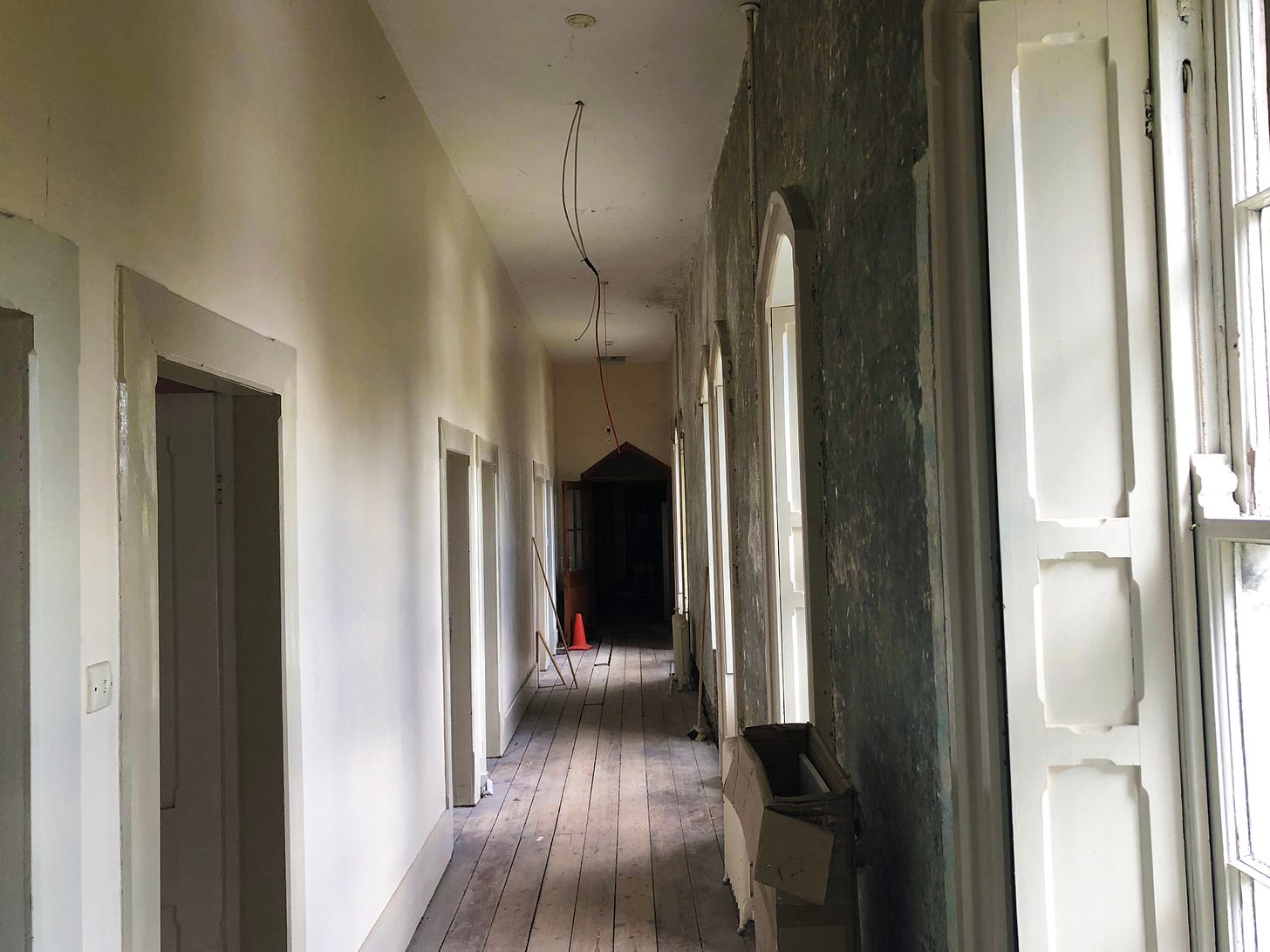

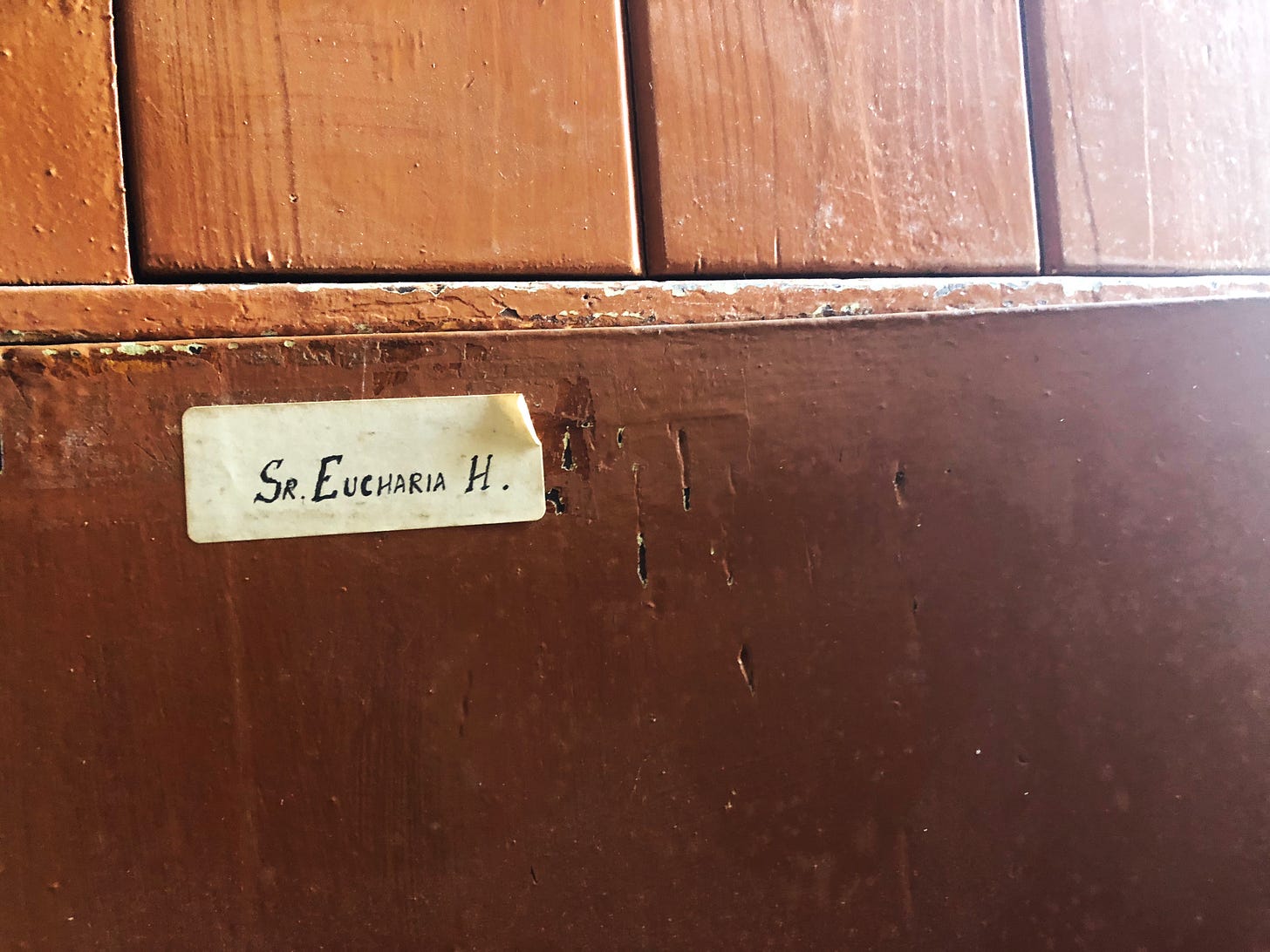

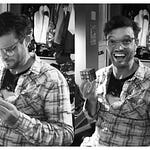
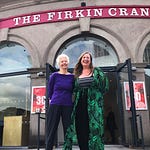

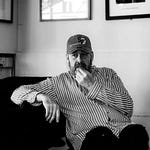
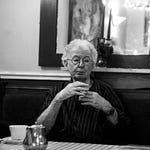
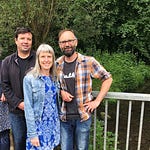

Share this post